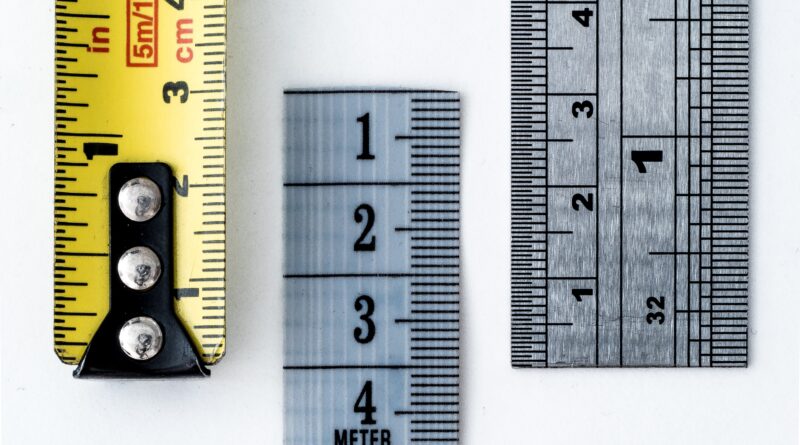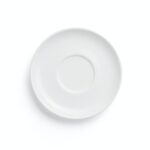Shaku (尺)
Shaku
尺
The day before yesterday, I talked about 丈 (jō), which is used as a unit of length in East Asia.
一昨日の投稿の中で、私は「丈」という東アジアで使われる長さの単位を紹介しました。
There is another unit of length, 尺 (shaku), which is more common, and 1丈 is defined as 10尺.
もっと高い頻度で使われる長さの単位に「尺」があり、1丈は10尺と定義されています。
Originally, “shaku” represents the length between the thumb and the index finger when spreading one’s hand.
「尺」はもともと、手を広げた際の親指から人差し指までの長さを表しました。
This length was around 18 cm, but of course, people have different hand sizes, so it was not an absolute unit.
この長さは18cm前後であったようですが、当然人によって長さが異なるため、正確な基準にはなりません。
Later, people decided to fix the length of the unit, and it gradually became long.
後に、一定の長さを尺と定めるようになり、時代とともにどんどん長く変化していきました。
Finally, 1尺 became 1/3 meters in China, 10/33 meters in Japan.
そして最終的に1尺の長さは、中国では1/3メートル、日本では10/33メートルとなりました。
As you can guess 1丈 (= 10尺) has also changed.
当然、これに合わせて1丈(=10尺)の長さも変化してきました。
In the past, 1丈 (about 180 cm at that time) represented a grown man, but now it exceeds 3 meters.
もともと1丈(=当時約180cm)は成人男性の一つ基準になっていましたが、今では3mを超えています。




